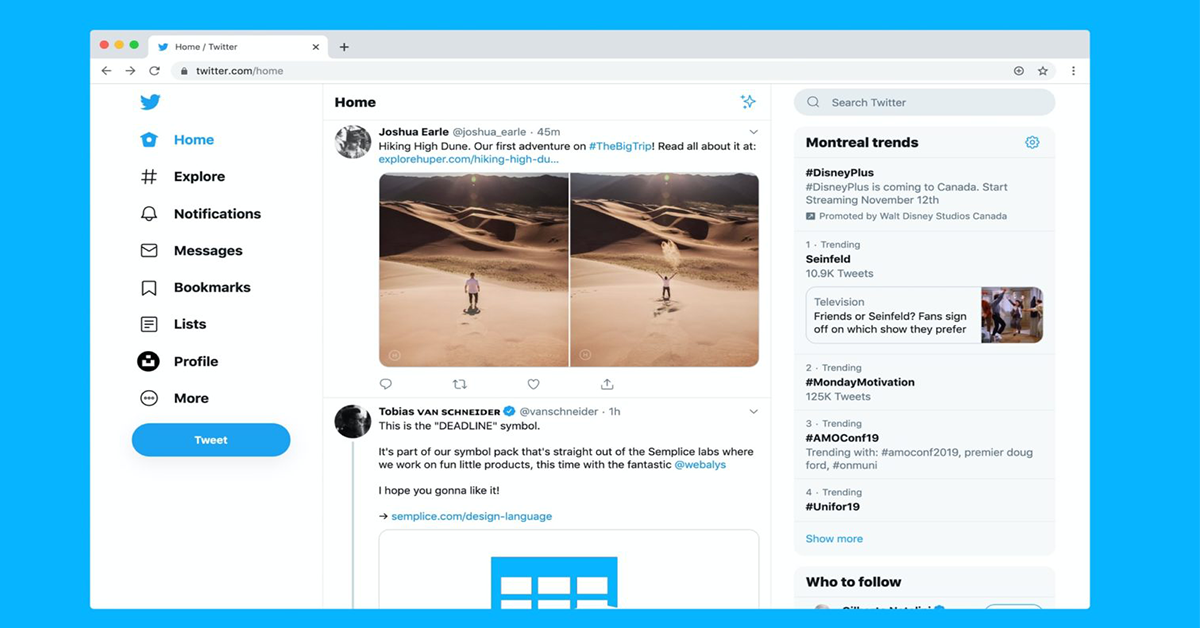
12 May Framing: an act of communication to the public?
Can the technique of framing of works protected by copyright constitute an act of communication to the public of those works?
In 2019, the Court of Justice of the European Union (CJEU) was called upon to interpret the concept of “communication to the public” in the Copyright Directive 2001/29/EC in a situation where framing is used to embed copyright works on a third-party website.
In its judgment of 09/03/2021, VG Bild-Kunst, C-392/19, EU:C:2021:181, the CJEU held that the insertion, by means of framing, on third-party websites of copyrighted works made available to the public on another freely accessible website with the authorisation of the right holder constitutes a communication to the public if the insertion is made in circumvention of the measures of protection against framing adopted or imposed by the right holder.
The CJEU held that the right holder is entitled to adopt or impose effective anti-framing measures to limit the access to his/her works to specific websites and that the secondary making available of his works on other websites by framing constitutes separate communications to the public, each of which therefore requires his/her authorisation.
The ruling represents a triumph for copyright owners who want to control access to their works on the internet. It is an important warning to all those who think that what they find on the internet is free of rights and can be used for their interests. That is not the case when it is made available to a new public, i.e. a public not taken into account by the right holder when he authorised the initial communication.
To see the full judgement, please follow the link below:
Written by Emil Edissonov, Lawyer of CURELL SUÑOL SLP



